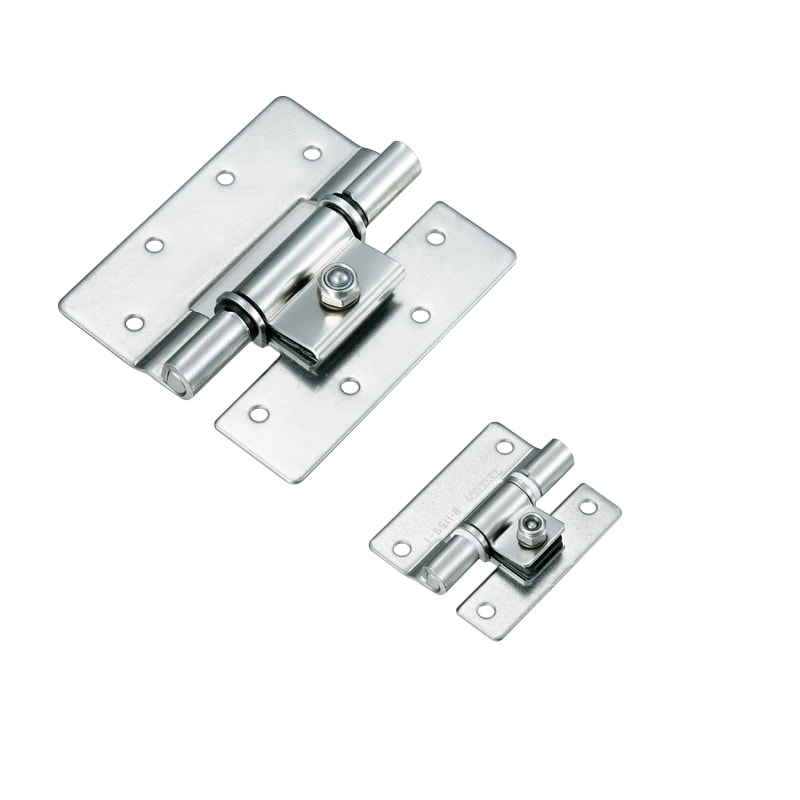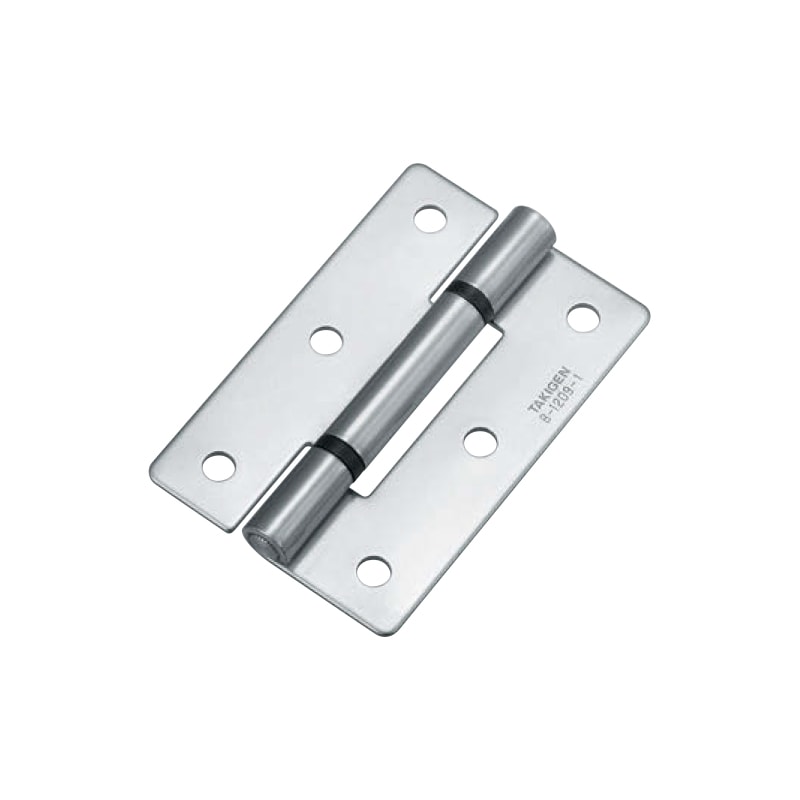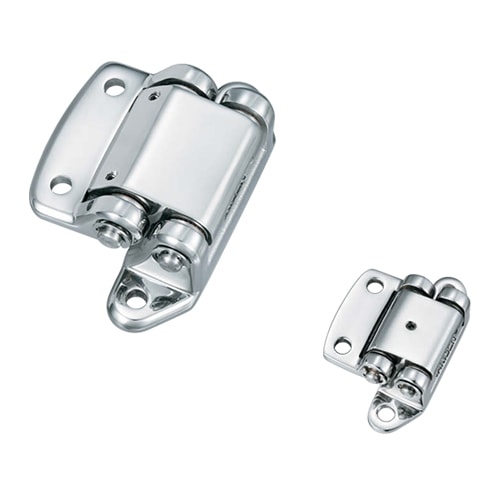Are you embarking on a DIY project or working on a home improvement task that involves doors or cabinets? Choosing the right hinge is crucial to ensure the functionality and longevity of your project. With numerous hinge options available in the market, it’s easy to feel overwhelmed. But fear not! In this blog, we’ll guide you through the process of selecting the perfect hinge for your needs, providing helpful tips and insights along the way.
Understanding the Basics
Before diving into the world of hinges, let’s start with the fundamentals. Hinges are essential hardware components that allow doors and cabinets to pivot or swing. They come in various types, sizes, materials, and configurations. Each hinge type serves a specific purpose and offers unique features. Understanding these hinge types will significantly assist you in making an informed decision for your project.

Different Hinge Types and Their Applications
- Butt Hinges: These traditional hinges are the most common and widely used. They consist of two leaf plates connected by a central pin, allowing the door to swing open and close. Butt hinges are suitable for various applications, including doors, cabinets, and gates.
- Euro Hinges: Also known as concealed hinges, these hinges are ideal for cabinet doors. They are hidden from view when the cabinet door is closed, providing a sleek and modern look to your cabinets.
- Piano Hinges: If you have a long, continuous surface, such as a piano lid, toolbox, or folding partition, piano hinges are the way to go. They run the entire length of the door or lid, providing excellent support and stability.
- Overlay Hinges: These hinges are designed to overlay the cabinet frame, providing a decorative look. They are commonly used in kitchen cabinets and furniture.
- Inset Hinges: Inset hinges are installed inside the cabinet frame and door, creating a clean and seamless appearance. They are suitable for inset cabinet doors.
- Barrel Hinges: Barrel hinges consist of a cylindrical barrel that rotates, allowing the door to swing. They are often used in gates, garage doors, and heavy-duty applications.

Factors to Consider
Now that you’re familiar with various hinge types, let’s delve into the factors you should consider when choosing the right hinge for your project.
- Door or Cabinet Type: Identify the type of door or cabinet you have. Different hinge types are suitable for different applications. For instance, cabinet hinges won’t work for heavy doors.
- Weight and Size: Consider the weight and size of the door or cabinet. Heavier doors will require sturdier hinges with higher load-bearing capacities.
- Clearance: Determine the available clearance for the door to swing open without obstruction. Some hinges may require more space than others.
- Material: Hinges are available in various materials, such as steel, brass, and zinc alloy. The material will impact the hinge’s durability and appearance.
- Opening Angle: Different hinges offer varying degrees of opening angles. Make sure the hinge you choose allows the door to open to the desired angle.

Tips for Installation and Maintenance
Even after selecting the right hinge, proper installation and maintenance are essential for its longevity and functionality.
- Read the Instructions: Always follow the manufacturer’s guidelines and installation instructions for the specific hinge you purchased.
- Proper Alignment: Ensure the hinge and the mating components are aligned correctly to avoid any binding or misalignment issues.
- Regular Lubrication: Periodically lubricate the hinge to reduce friction and prevent wear and tear.
- Check for Wear: Routinely inspect the hinges for any signs of wear, such as squeaking or sticking. Replace worn-out hinges promptly.
Conclusion
Selecting the right hinge is vital for the smooth operation and durability of your doors and cabinets. By understanding the different hinge types, considering essential factors, and following proper installation and maintenance practices, you’ll be well on your way to making the perfect hinge choice for your project.
Remember, hinges are not just functional elements but also contribute to the aesthetics of your space. So, take your time, explore your options, and
make a hinge decision that not only fits your needs but also complements your overall design.
You might also be interested:




